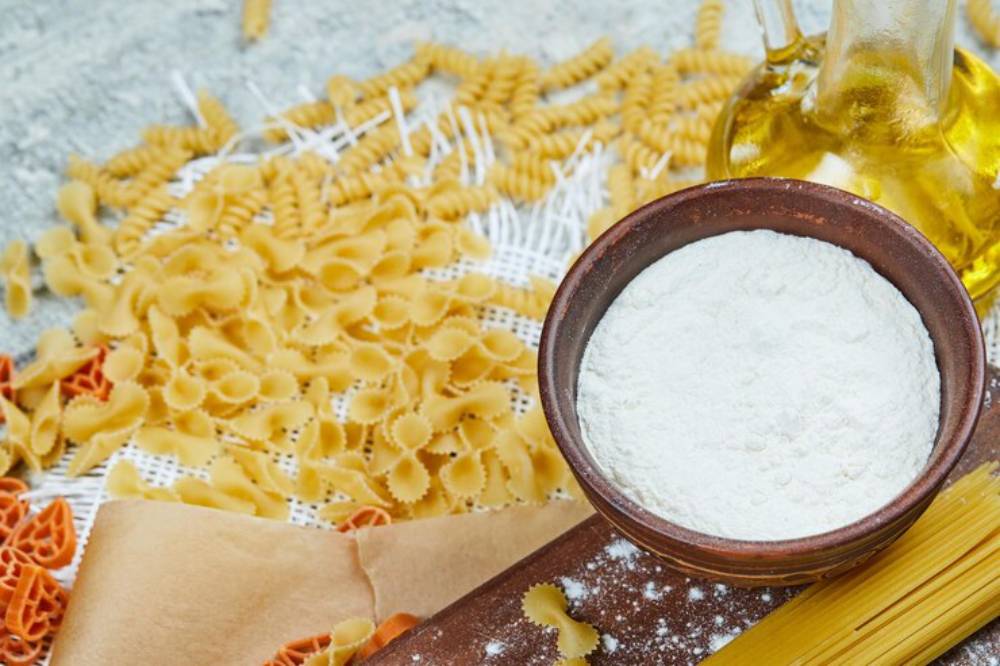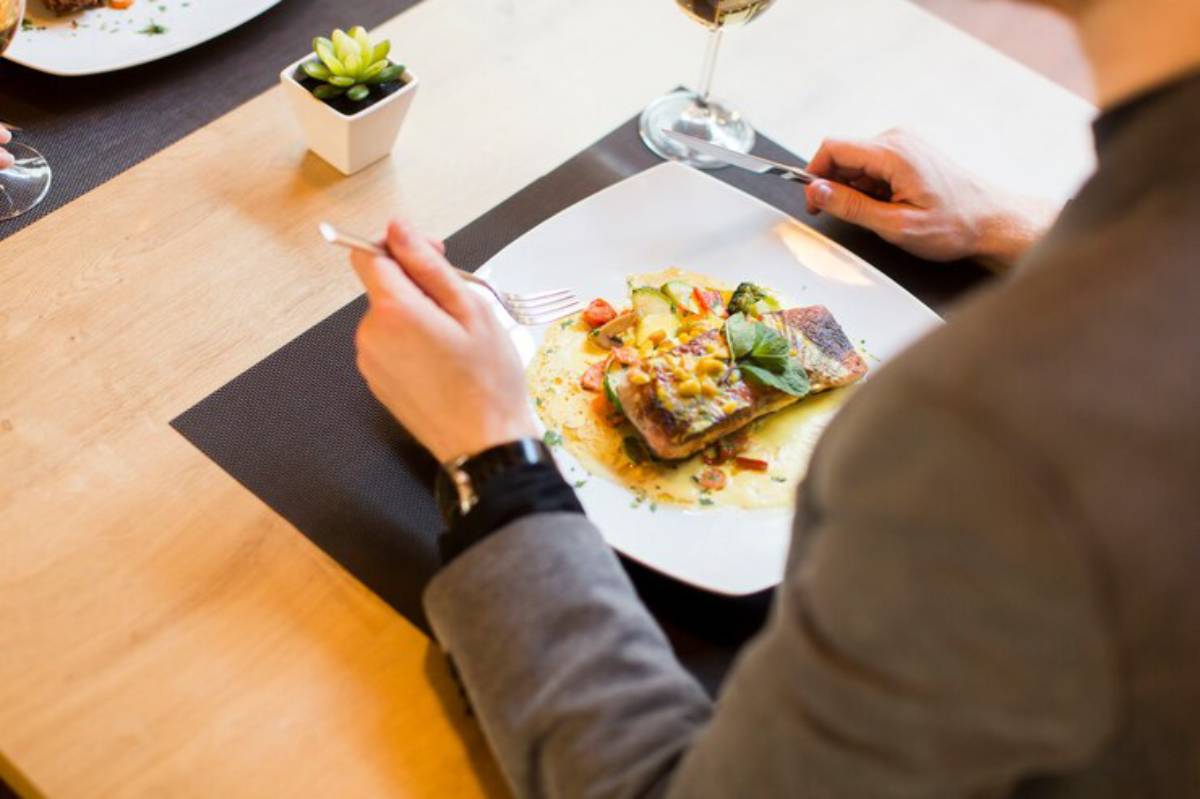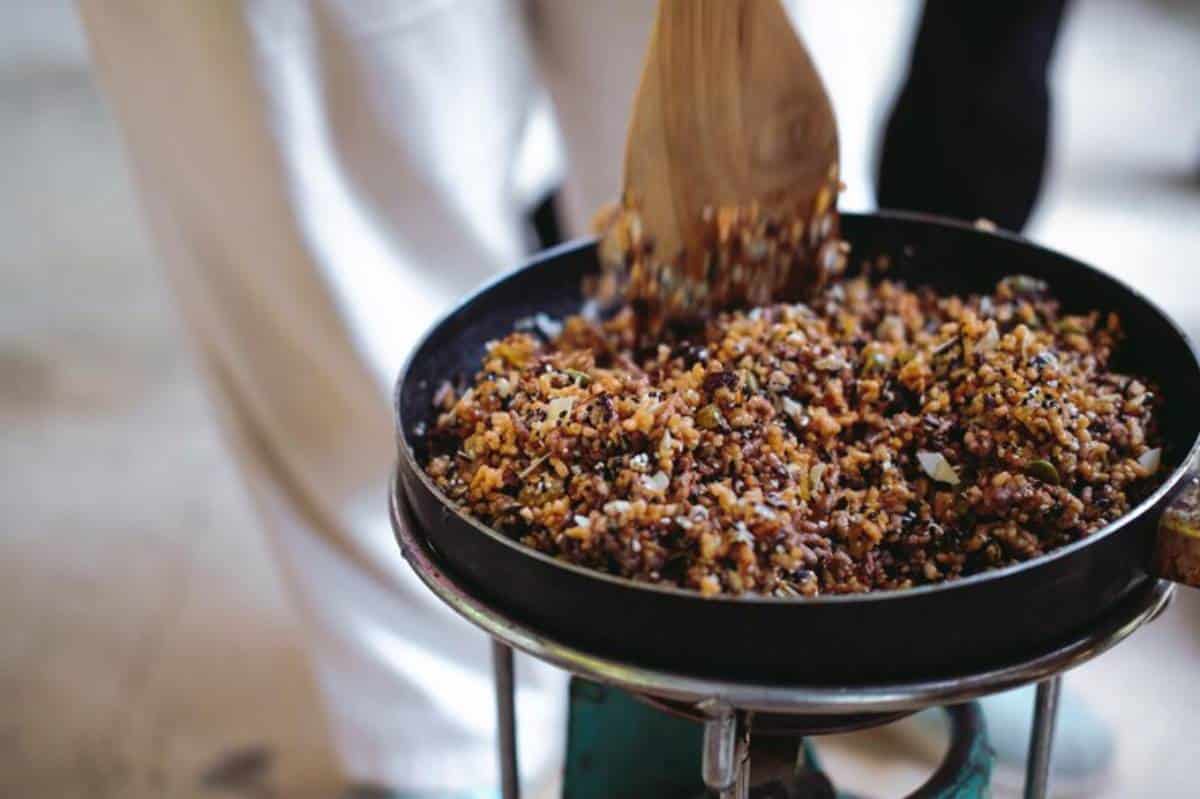
Using Exotic Flours in Homemade Pasta
When Pasta Meets Imagination
There’s a certain comfort in traditional pasta — eggs, flour, maybe a splash of olive oil. But once you’ve mastered the basics, it’s natural to wonder: what else is possible? What if your pasta could carry a nuttier flavour, a deeper colour, or a gluten-free twist without sacrificing taste?
Enter the world of exotic flours.
From chestnut and buckwheat to chickpea and rice flour, these alternatives open up a world of flavour and texture that turns homemade pasta into something more than a meal. It becomes a gourmet experience — thoughtful, experimental, and often surprisingly accessible.
In this guide, we’ll explore how to work with non-traditional flours in your pasta dough, how to balance taste and texture, and how to make recipes that not only look beautiful but taste like something you’d find on the menu of a refined Italian trattoria. Whether you’re gluten-free, health-conscious, or just curious, this article will give you the confidence to roll out your next pasta masterpiece with something new.
Why Use Exotic Flours in Pasta?
Rethinking What Pasta Can Be
Most people associate pasta with all-purpose or 00 flour. These work beautifully, yes — but they represent just one dimension of what pasta can offer. Exotic flours introduce nuance in flavour, texture, and colour. They also cater to dietary preferences and allow for more diverse ingredient sourcing.
Some of the benefits include:
- Distinctive taste: Chestnut adds sweetness, buckwheat adds depth, and chickpea brings earthiness
- Nutritional bonuses: Higher in protein, fibre, or minerals than traditional flours
- Textural variety: From silky to toothsome to crumbly
- Visual drama: Darker or speckled pasta makes a statement on the plate
- Gluten-free options: Ideal for those with coeliac disease or gluten sensitivity
These are flours that speak — and they can completely change how a sauce clings or how a filling tastes.
Meet the Flours: Characteristics and Uses
Let’s break down some of the most interesting exotic flours and how they behave in pasta-making.
1. Chestnut Flour

- Flavour: Sweet, nutty, and subtly smoky
- Texture: Light, almost fluffy, but prone to cracking
- Use: Best blended with wheat flour (50/50 ratio)
- Perfect for: Autumnal fillings, mushroom sauces, truffle-infused butter
Chestnut flour is traditional in northern Italy (think Tuscany and Liguria), where it’s used to make pasta like tagliatelle di castagne. It pairs beautifully with earthy flavours like sage, wild game, or aged cheese.
2. Buckwheat Flour
- Flavour: Robust, slightly bitter, toasted
- Texture: Coarse, needs extra moisture
- Use: Blend with white flour (up to 60/40 for structure)
- Perfect for: Bold sauces, root vegetables, alpine cheeses
Used in traditional dishes like pizzoccheri, buckwheat adds an earthy twist. It’s great for rustic presentations and cooler weather dishes.
3. Chickpea (Gram) Flour
- Flavour: Nutty, earthy, with a savoury depth
- Texture: Dense and protein-rich
- Use: Ideal in short pasta shapes or blended into gnocchi
- Perfect for: Tomato-based sauces, Mediterranean herbs, roasted garlic
It’s naturally gluten-free but can be crumbly when used alone. Works best in combination with tapioca or arrowroot for binding.
4. Rice Flour

- Flavour: Mild, slightly sweet
- Texture: Smooth but delicate
- Use: Great base for gluten-free blends (paired with xanthan gum or eggs)
- Perfect for: Asian fusion dishes, light broths, seafood sauces
Rice flour pasta is delicate and needs precise hydration, but it creates a soft, silky noodle with the right balance.
5. Quinoa Flour
- Flavour: Earthy and slightly grassy
- Texture: High protein, but gritty when overused
- Use: Add 20–30% to a wheat-based dough for added nutrition
- Perfect for: Spiced sauces, kale pesto, or lemony seafood
It’s nutrient-dense and adds chew — ideal for when you want the pasta to be the meal, not just the carrier.
Creating Balanced Doughs with Exotic Flours
Blending for Structure
Unless you’re using a specially developed gluten-free blend, most exotic flours lack the gluten required for stretchy, cohesive pasta dough. That’s why blending is essential.
Blending Tips:
- Start with 25–50% exotic flour to wheat flour and adjust gradually
- Use extra egg yolks for richness and cohesion
- Consider small amounts of binding agents, like xanthan gum, for gluten-free flours
- Don’t over-knead — it can lead to tearing or toughness
Want to roll your dough by hand for more control and a rustic feel? If you’ve already got the hang of making hand-rolled tagliatelle, you’ll love using these flour blends for flavour-forward ribbons and sheets.
Gluten-Free Gourmet Pasta Variations
If you’re working fully gluten-free, the game changes — but delicious pasta is still very possible.
Best Gluten-Free Combinations
- Chickpea + tapioca + xanthan gum
- Rice + potato starch + cornflour
- Buckwheat + sweet rice flour + eggs
Gluten-free doughs tend to be stickier and more fragile. They’re best suited for:
- Short pasta shapes: orecchiette, trofie, gnocchetti
- Extruded or piped doughs: especially with drier mixes
- Pressed pasta sheets: handled gently, perfect for ravioli or lasagne
Light dusting with fine cornmeal or semolina helps prevent sticking without absorbing moisture.
Matching Sauces and Fillings to Exotic Flours
Pairing is half the magic. Different flours behave like different wines — they complement or contrast with what they’re served with.
Chestnut Flour Pasta
Best with: Wild mushrooms, aged cheese, cream sauces, roasted chestnuts
Avoid: Heavy tomato sauces that overpower sweetness
Buckwheat Pasta
Best with: Savoy cabbage, pancetta, browned butter, fontina
Avoid: Very delicate sauces — buckwheat dominates
Chickpea Flour Pasta
Best with: Sundried tomato, rosemary, garlic oil, lemon zest
Avoid: Cream-heavy sauces (unless balanced with acidity)
Rice Flour Pasta
Best with: Shellfish broth, basil oil, lemon cream, soft herbs
Avoid: Slow-cooked meat sauces — pasta may fall apart
Quinoa Flour Pasta
Best with: Roasted vegetables, tahini-lemon dressing, anchovy butter
Avoid: Plain cheese or milk-based sauces
Want to make fillings that shine inside unconventional pasta doughs? Explore our guide on ravioli and tortellini techniques for ideas that balance richness and precision.
Real Kitchen Experiences with Alternative Pasta
“I used chestnut flour in ravioli stuffed with squash and sage. It tasted like autumn — nutty and just sweet enough to skip dessert.” — Fiona, Bristol
“Buckwheat tagliatelle with roasted garlic cream sauce and kale pesto was a dinner party winner. Guests were asking if it was store-bought. Nope — better.” — Marcus, London
“Gluten-free chickpea pasta took some trial and error, but now I have a go-to for hearty weeknight meals. Plus, it keeps well in the fridge for batch cooking.” — Saira, Brighton
Pasta made with exotic flours might be less predictable, but the payoff in flavour, creativity, and depth makes the learning curve worth it.
Storing and Cooking Tips
Drying and Storing
- Air-dry pasta on racks for 1–2 hours before cooking or freezing
- For longer storage, freeze in sealed bags (add parchment to prevent sticking)
- Some doughs (like chickpea or quinoa) benefit from resting 30–60 minutes before shaping
Cooking Notes
- Exotic flour pasta cooks quicker than wheat pasta — 1 to 3 minutes tops
- Water should be well-salted and at a rolling boil
- Avoid overcrowding the pot — gentle handling prevents tearing
- Saucing should be quick: toss immediately after draining
Conclusion: Dare to Flour Differently

There’s something liberating about tossing out the rulebook and trusting your hands to create something bold. Gourmet pasta variations using exotic flours invite you to experiment, taste more deeply, and cook with both creativity and care.
Whether you’re drawn to the natural sweetness of chestnut, the rugged richness of buckwheat, or the accessibility of chickpea and rice, there’s a dough out there that will surprise and delight. And the best part? You don’t need a Michelin star — just an open mind, a little flour on your bench, and a hunger for something different.
So go ahead. Flour outside the lines. Your pasta doesn’t have to follow the rules — it just has to taste unforgettable.


